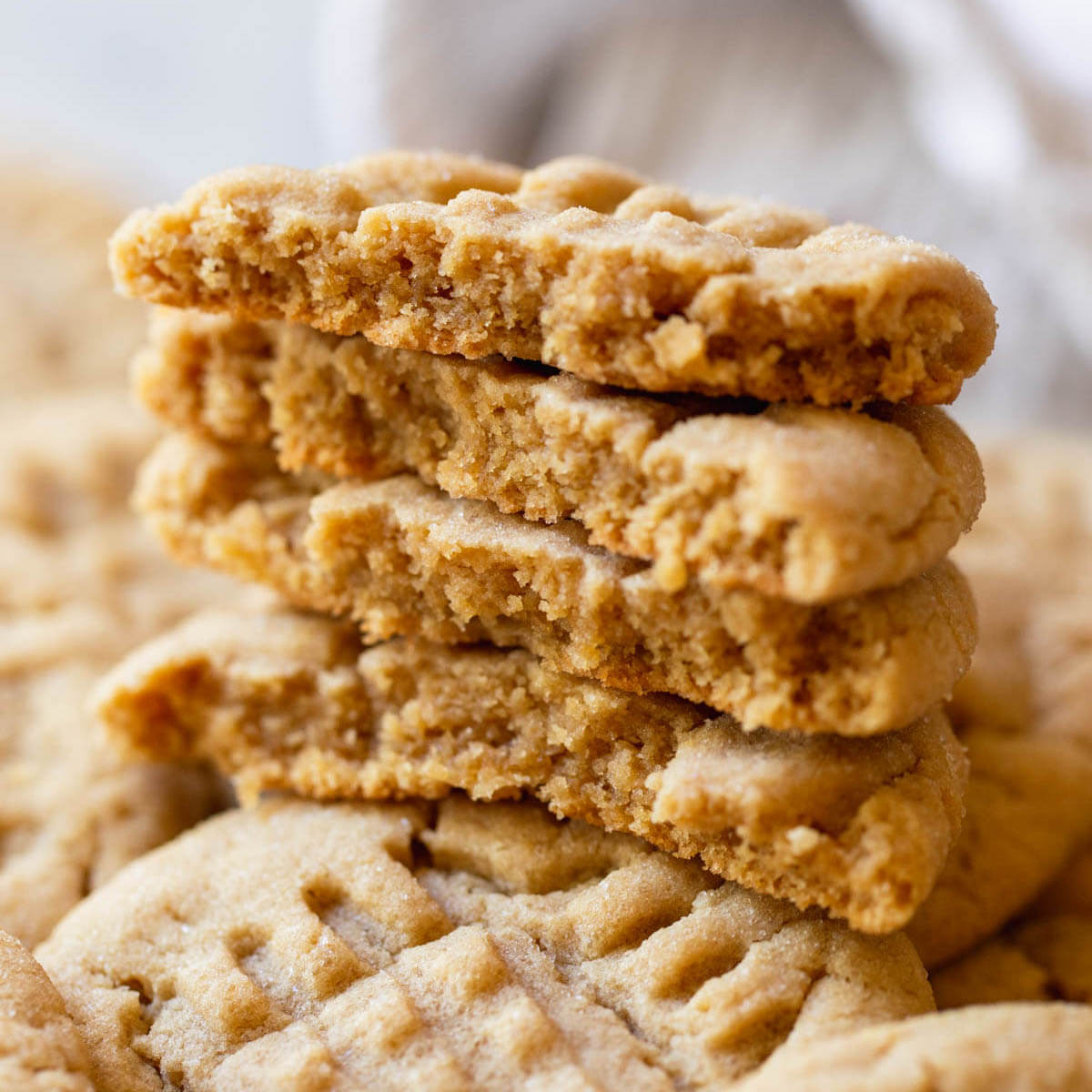Peanut butter is one of the most popular snacks in the world. It is a great source of protein, energy, and healthy fats. Peanut butter is also a great source of vitamins and minerals, including vitamin E, magnesium, and potassium. consists of up to 10% salt, sugars, and hydrogenated vegetable oil.
 |
| peanut butter |
production process of peanut butter
9 step of production
- Planting and harvesting
- Shelling
- roasting
- cooling
- Blanching
- Heat blanching
- Water blanching
- grinding
- Packaging
1. Planting and harvesting
A tractor being used to complete the first stage of the peanut harvesting process
Due to weather conditions, peanuts are usually planted in spring. The peanut comes from a yellow flower that bends over and penetrates the soil after blooming and wilting, and the peanut starts to grow in the soil. Peanuts are harvested from late August to October, while the weather is clear.
2. Shelling
Shelling must be conducted carefully lest the seeds be damaged during the removal of the shell. The moisture of the unshelled peanuts is controlled to avoid excessive frangibility of the shells and kernels, which in turn, reduces the amount of dust present in the plant.
3. roasting
In this step peanuts are heated in large quantities in a revolving oven at about 432 °C. Next, the peanuts in each batch are uniformly held and roasted in the oven at 162 °C for about 45 to 60 minutes.called dry roast operation.
4. cooling
after dry roast operation. peanuts are removed from the oven as quickly as possible and directly placed in a blower-cooler cylinder.
The cooling process is completed when the temperature in the cylinder reaches 32 °C.
5. Blanching
, the peanuts will undergo either heat blanching or water blanching to remove the remaining seed coats.
6. Heat blanching
Peanuts are heated by hot air at 280 °F (138 °C) for not more than 20 minutes in order to soften and split the skins.
The skins are then removed using either bristles or soft rubber belts.
7. Water blanching
After the kernels are arranged in troughs, the skin of the kernel is cracked on opposite sides by rolling it through sharp stationary blades. While the skins are removed, the kernels are brought through a one-minute hot water bath and placed on a swinging pad with canvas on top. The swinging action of the pad rubs off the skins. Afterward, the blanched kernels are dried for at least six hours by hot air at 49 °C.
8. grinding
After blanching the peanuts are sent to grinding to be manufactured into peanut butter. The peanuts are then sent through two sizes of grinders. The first grinder produces a medium grind, and the second produces a fine grind.
9. Packaging
Before packaging, the peanut butter must first be cooled in order to be sealed in jars.